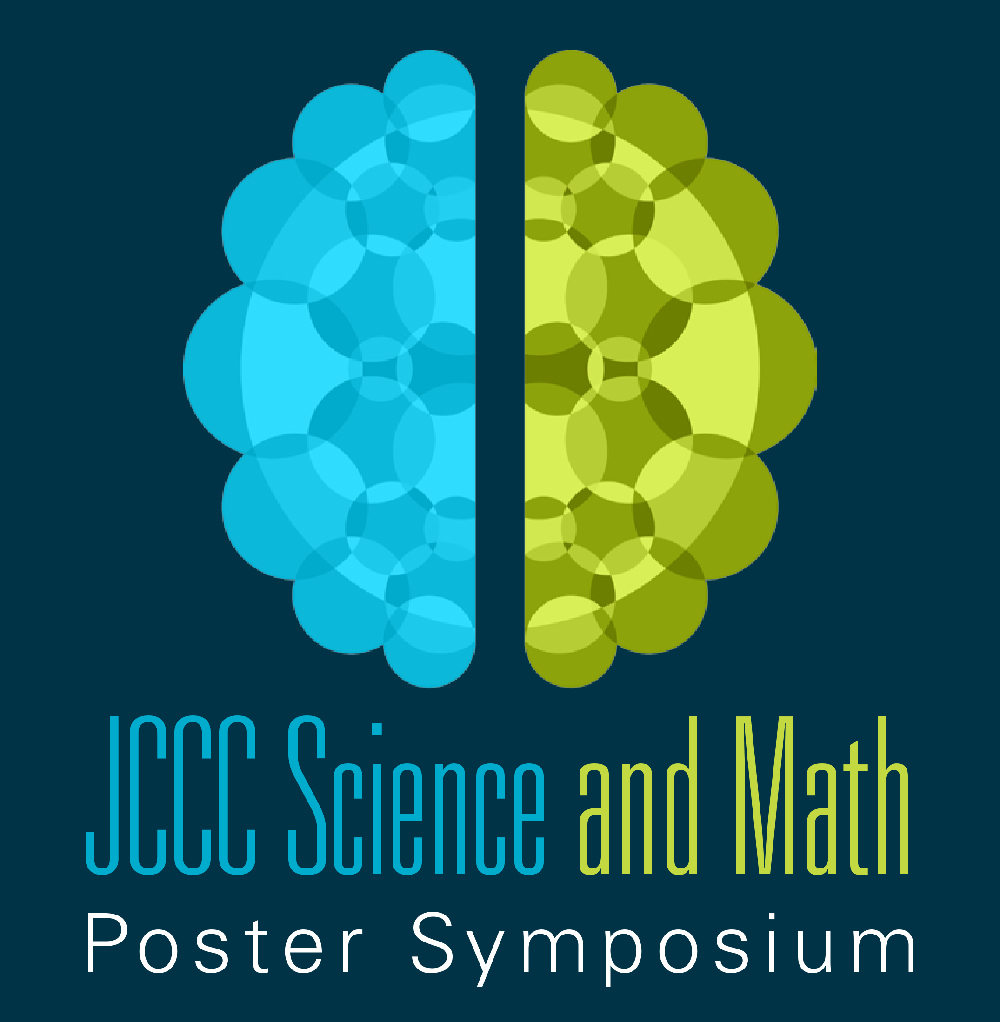Fighting ESKAPE Pathogens
Loading...
Location
CoLab
Start Date
3-5-2019 12:00 PM
End Date
3-5-2019 1:15 PM
Document Type
Poster
Description
Every day, as antibiotics are prescribed and used, bacteria evolves to become stronger hurling us towards a “post antibiotic” era. In an attempt to prevent this world-wide threat, scientists and students are working to discover new antibiotics to combat theses antibiotic-resistant superbugs. As soil is one of the most potent sources of potential antibiotics, a sample of dirt was the starting place for this research project. First, a serial dilution was done to identify any zones of inhibition. This was followed by a master plate to grow a larger isolated colony of the candidates. These candidates were then tested against the safe relatives of the ESKAPE pathogens, which are six common antibiotic resistant pathogens. Zones of inhibition were shown for many, however candidates 3I presented the most potential. Large zones of inhibition appeared around Staphylococcus epidermidis, Escherichia coli, Enterobacter aerogenes and smaller zones surrounding Pseudomonas putida and Acinetobacter baylyi. A quadrant streak was then made with candidate 3I, followed by PCR sequencing.
Image
Fighting ESKAPE Pathogens
CoLab
Every day, as antibiotics are prescribed and used, bacteria evolves to become stronger hurling us towards a “post antibiotic” era. In an attempt to prevent this world-wide threat, scientists and students are working to discover new antibiotics to combat theses antibiotic-resistant superbugs. As soil is one of the most potent sources of potential antibiotics, a sample of dirt was the starting place for this research project. First, a serial dilution was done to identify any zones of inhibition. This was followed by a master plate to grow a larger isolated colony of the candidates. These candidates were then tested against the safe relatives of the ESKAPE pathogens, which are six common antibiotic resistant pathogens. Zones of inhibition were shown for many, however candidates 3I presented the most potential. Large zones of inhibition appeared around Staphylococcus epidermidis, Escherichia coli, Enterobacter aerogenes and smaller zones surrounding Pseudomonas putida and Acinetobacter baylyi. A quadrant streak was then made with candidate 3I, followed by PCR sequencing.


Comments
The faculty supervisor for this project was Melissa Beaty, Biology.